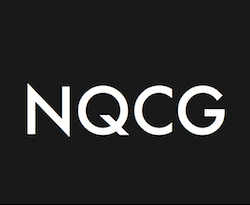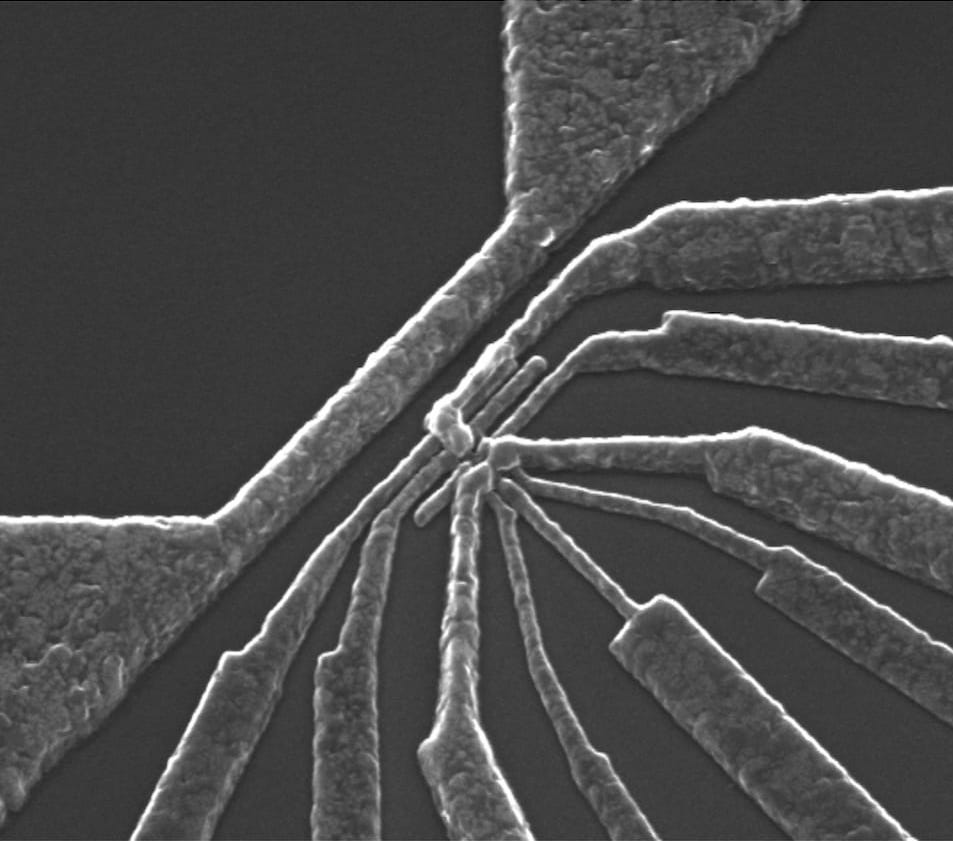Machine Learning
Machine learning techniques can be used to represent functions or data in which there is a high degree of uncertainty. One machine learning technique is based on Artificial Neural Networks (AANs) which are a collection of models inspired by biological networks. An ANN contains a set of nodes whose connections are assigned a particular weight. In supervised training methods, an expert may provide a training set consisting of some input data and the desired results. The set is used to train the network so that the unknown results of other input data can be accurately predicted.
The potential of the use of ANNs in nanotechnology process is described in two applications with different objectives:
Firstly, ANNs can be used to estimate or approximate a function with a large number of parameters as input. This is particularly useful in scenarios such as nanotechnology, where many elements have a strong influence in the outcome of a process and where the development of analytical approximations to model the process is hard. ANNs have been used to aid in a type of multimodal scanning probe microscopy (SPM), called functional recognition imaging (FR-SPM), a technique used to image materials in the nanoscale. FR-SPM produces vast amounts of data and uses ANNs to process the data more quickly.
A second example, representing one of the most exciting prospects of the use of ANNs, is their recent use in the functional relationship between input and output responses in the deposition of transparent conductive oxide, a material used in solar cells and organic light emitting diodes (used for instance in screen displays). This process is highly dependent on a number of input parameters whose interaction is difficult to predict by conventional means, but in some cases can be estimated by ANN models.
NQCG have a particular interest in ANNs for predictive engineering of nanomaterials for quantum applications. The models should be capable of suggesting advanced materials and types of nanostructures to be used when tasked with certain target properties. Importantly, these algorithms should be able to come up with new kinds of structures and novel materials, possibly not used for the application before. Two main applications of the models are:
- Speeding up of commercial and scientific R&D of nanomaterials;
- Evaluation of new research by rating based on novelty and feasibility.
Technically these algorithms should be realized as an open-source module(s) that could be plugged into the existing knowledge infrastructure.
The algorithms will require a combination of different approaches:
- The use of ontologies of nanomaterials for communicating;
- Machine learning;
- Data mining;
- Embedded universal physical models (a number of complementing models will be required to cover different areas such as nano-optics and -electronics for quantum applications, group behaviour for nano-fluids etc., bio-chemical properties);
- Image recognition.
All of the mentioned approaches already exist or are being actively developed, therefore making it feasible to build such a system.
Back to top
 Image Courtesy A. Dzurak, University of New South Wales
Image Courtesy A. Dzurak, University of New South Wales